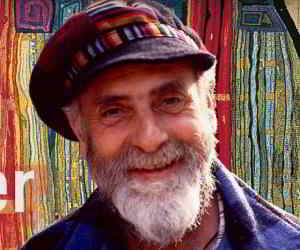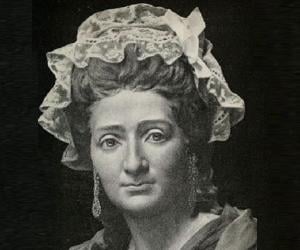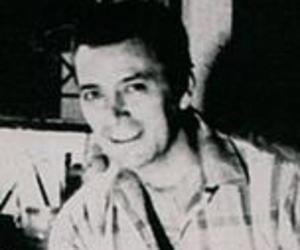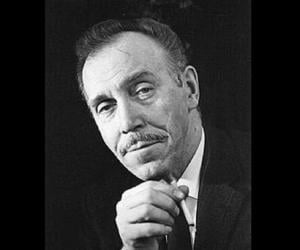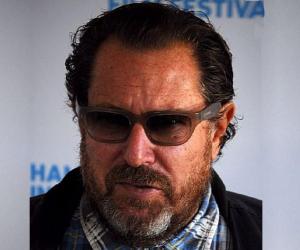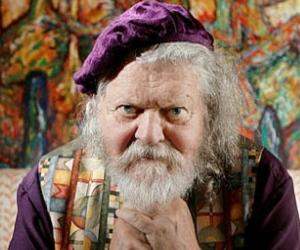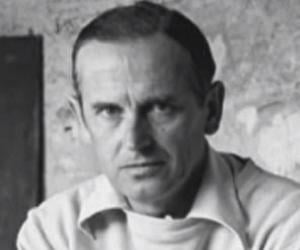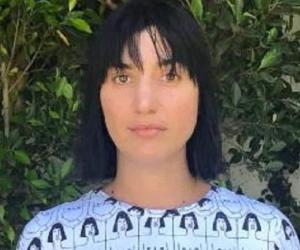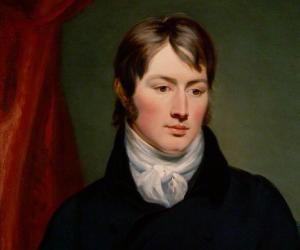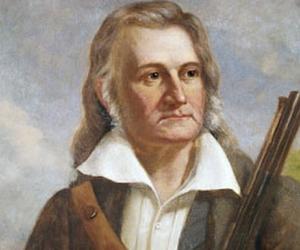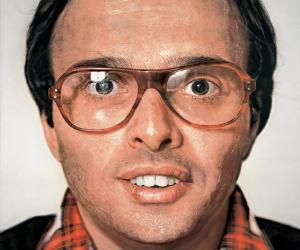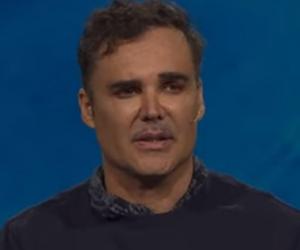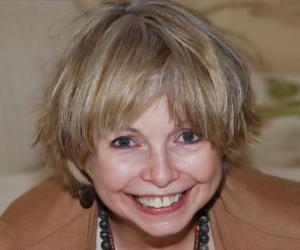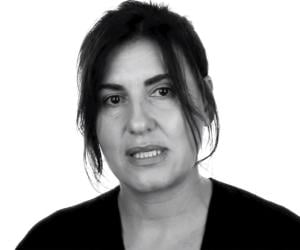Quick Facts
Also Known As: Friedensreich Regentag Dunkelbunt Hundertwasser, Fritz Stowasser, Friedrich Stowasser, Hundertwasser
Died At Age: 71
Family:
Spouse/Ex-: Herta Leitner, Yuko Ikewada
father: Ernst Stowasser
mother: Elsa Stowasser
Born Country: Austria
Artists Sculptors
Died on: February 19, 2000
place of death: Pacific Ocean
Notable Alumni: Academy Of Fine Arts Vienna
Ancestry: Austrian New Zealander
City: Vienna, Austria
More Facts
education: Academy Of Fine Arts Vienna
Childhood & Early Life
He was born as Friedrich Stowasser, on December 15, 1928, in Vienna,to Elsa Stowsser, a Jewish woman, and Earnest Stowasser, a technical civil servant and World War I veteran.
Earnest Stowasser died in 1929, leaving young Friedrich and his mother behind. At the age of seven, Friedrich affinity for art was first detected at the Montessori School of Vienna in 1936.
In 1938, he and his mother were forced to leave their home and move in with his aunt and grandmother. The Nazi annexation of Austria precipitated their departure.
In Nazi-controlled Austria, young Hundertwasser and his mother posed as Christian despite their Jewish heritage. He joined the Hitler Youth in 1941 to mislead Nazi authorities about his Jewish heritage.
After 1945, he attended the Academy of Fine Art in Vienna. It was this academy which denied a young Hitler admission to its classes.
In the academy he began using different sobriquets, such as, Regentag, Dunkelbut, and Hundertwasser to sign his name on art. He continued using these sobriquets throughout his career; though Hundertwasser remained the most prominent one.
Upon leaving the Academy after a few months, he took his artist’s tools and traveled to Italy, forming a lifelong friendship with French painter Rene Bro. From their first meeting in 1949, he and Bro traveled together in later years to exotic locales.
In 1952-53 he obtained his first commercial success in Vienna with a show of his paintings.
His paintings featured bright colors such as, blue and red and he projected imagery which idealized the harmony of man with nature, with an infatuation with the spiral motif.
Career
In the early 1950s, he emphasized architecture as his chief artistic expression. From the beginning, he espoused more human touches to living communally, such as the right of tenants to decorate, paint, or even scrape away the masonry in their homes.
In 1958 at a professional event, he read aloud his manifesto on rejecting straight lines and traditional architectural design. From proposing his ideas on architecture in demonstrations or public speeches, he evolved to more strident means of spreading his ideas on the human condition.
In 1967 he lectured, in the nude, regarding what eventually became his famous skins theory. The theory maintained that humans have three skins: epidermis, clothing, and house.
In 1972, his skins theory added the social environment, and the planetary skin. These last two skins acknowledged influences beyond the individual, a maturing of Hundertwasser’s philosophy.
In the early 1980s, he became an ‘architect doctor,’ remodeling a factory and grain silo. He implemented growing vegetation on rooftops and uneven floors..
1999 saw the beginning of his last project in Magdeburg, Germany; the project was unfinished at the time of his death and was finished years later.
Major Works
He bought extensive property in New Zealand in the 1970’s, including portions of the Kaurinui valley. His famous Bottle House there exemplified his belief of self-sufficiency, using solar panels, water wheel, water purification plan, and grass roofs.
In 1983, he designed the Koru Flag for New Zealand, in response to sentiments that the current New Zealand flag represents British imperialism. The design incorporates his favorite spiral motif, with a black stripe on the left, with a green spiral representing a Maori pattern known as the koru. The corresponding white spiral alludes to the Maori name for New Zealand.
Vienna’s Hundertwasser House, completed in 1985, represents his work in partnership with architect Joseph Krawina. The expressionist building houses 52 apartments, four offices, three communal terraces and 16 private terraces, with 250 trees and bushes integrated into the structure, making it one of Vienna’s most visited places.
Awards & Achievements
In 1959, he received the Sanbra Prize at the 5th São Paulo Biennale.
In 1961, he received the Mainichi Prize at the 6th International Art Exhibition in Tokyo.
He was awarded the Golden Medal of Honour in Vienna and the Golden Medal of Honour of the Austrian state of Styria in 1988. Thanks to his architectural efforts, tourism grew.
In 1998 he was honored with the VDRJ-Prize in Berlin for his unique promotion of Germany as a tourist destination.
Personal Life & Legacy
He married Herta Leitner in 1958, divorcing in 1960. In 1962 he married again, to the Japanese artist Yuko Ikewada, ending his marriage in 1966.
He died on February 19, 2000, at sea, aboard a cruise ship that departed from Auckland, New Zealand.
The Hundertwasser House in Vienna is named after him as he was its major designer. The landmark is a major tourist attraction.
The Hundertwasser Foundation was created to sponsor creative activity. Its focus is particularly in the field of painting, ecology, and architecture.
Facts About Friedensreich Hundertwasser
Friedensreich Hundertwasser was known for his unique architectural style, characterized by vibrant colors, irregular shapes, and incorporation of natural elements like trees and grass on buildings.
Hundertwasser believed in the harmony between humans and nature, often advocating for more green spaces in urban environments and promoting ecologically sustainable practices in his designs.
He was also a talented painter and graphic artist, creating colorful and imaginative works that reflected his passion for nature, spirituality, and individuality.
Hundertwasser was a champion of individuality and self-expression, encouraging people to embrace their creativity and uniqueness in all aspects of life.
In addition to his artistic pursuits, Hundertwasser was a vocal advocate for environmental conservation and social justice, using his platform to raise awareness about important issues facing society.
See more:


